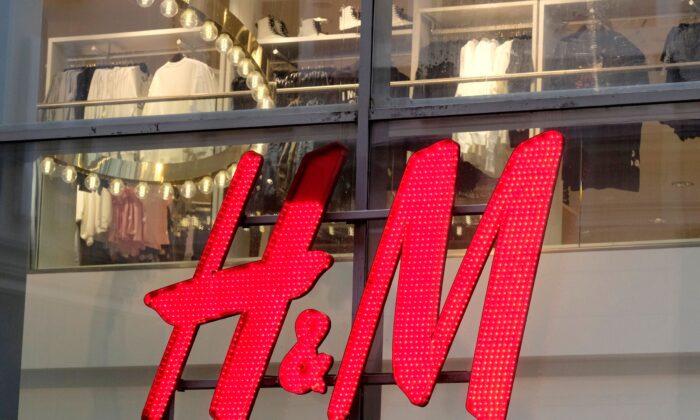STOCKHOLM—H&M, the world’s No.2 fashion retailer, launched a 2 billion Swedish crown ($177 million) cost savings drive on Thursday after reporting weaker-than-expected profits.
In Europe, where H&M does the bulk of its business, the Ukraine conflict, record energy prices and high inflation are weighing on consumer confidence, and households are cutting back on spending.
The Swedish group’s third quarter pretax profit fell to 689 million crowns ($60.9 million) from 6.09 billion a year earlier, well below the 2.98 billion expected by five analysts polled by Refinitiv.
CEO Helena Helmersson told Reuters a big part of the savings programme would come from simplifying organisational structures and buying fewer tech services. Less business travel and lower office rents were other aims of the programme, she said.
H&M said the benefits should be felt in the second half of 2023.
Its shares were down 3 percent at 1135 GMT, taking their year-to-date drop to 43 percent.
H&M said a one-off 2.1 billion crown cost for winding down its business in Russia, announced in July, accounted for about half of the profit drop.
Earlier this month, the group reported lower-than-expected sales as shoppers reined in spending but said demand had improved late in the quarter.
The retailer said on Thursday a heatwave in many European markets in the summer and delays in the supply chain also weighed on sales.
Meanwhile, increased raw materials and freight prices, and a stronger U.S. dollar, resulted in substantial cost increases.
“Overall, these factors had a substantial negative impact on profit,” CEO Helena Helmersson said. “We have chosen not to fully compensate for the increased costs, which is reflected in the gross margin.”
She told Reuters H&M had raised prices in some segments such as higher-fashion women’s ranges, to a varying extent across markets, and that pricing would remain an important tool in weathering high costs.
September Demand Pick up
“We note significant margin headwinds to come, particularly given the stronger USD relative to EUR, as well as higher energy costs and a loss of high margin Russian business,” Royal Bank of Canada analyst Richard Chamberlain said in a note to clients.
Market leader Inditex, the owner of Zara, which has weathered the tough market conditions better than H&M, increased sales in its May-July quarter. The Spanish group’s growth, however, slowed in the Aug.1–Sept. 11 period.
H&M said its autumn collections had been well received, with sales up 7 percent year on year in local currencies Sept. 1–27—the start of its fiscal fourth quarter—against a 4 percent drop in the third. More favourable weather also contributed, Helmersson said.
She told analysts markets such as central Europe had been weak in the June-August quarter but had picked up in September.
Analysts at Credit Suisse said: “Despite modest expectations, profitability in 3Q was significantly worse than expected and the outlook for margins over the next year continues to deteriorate.”
British peer Next on Thursday cut its sales and profit forecasts pointing to intensifying pressure on household budgets in the coming months.
($1 = 11.3104 Swedish crowns)





